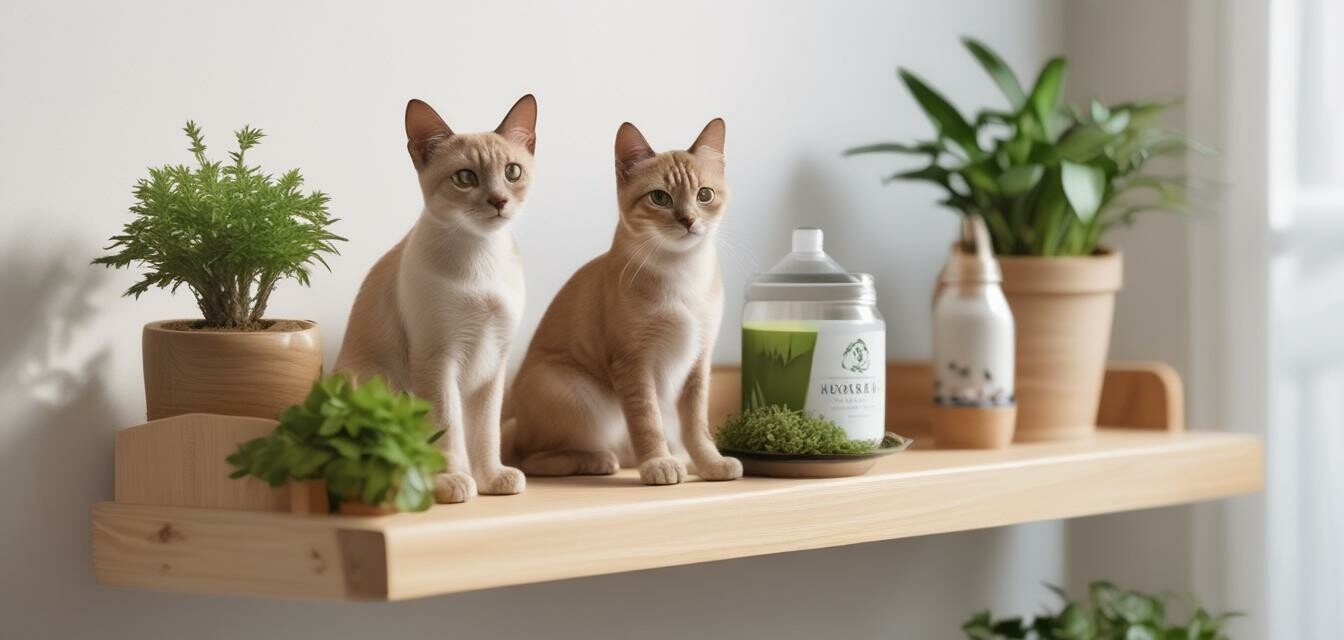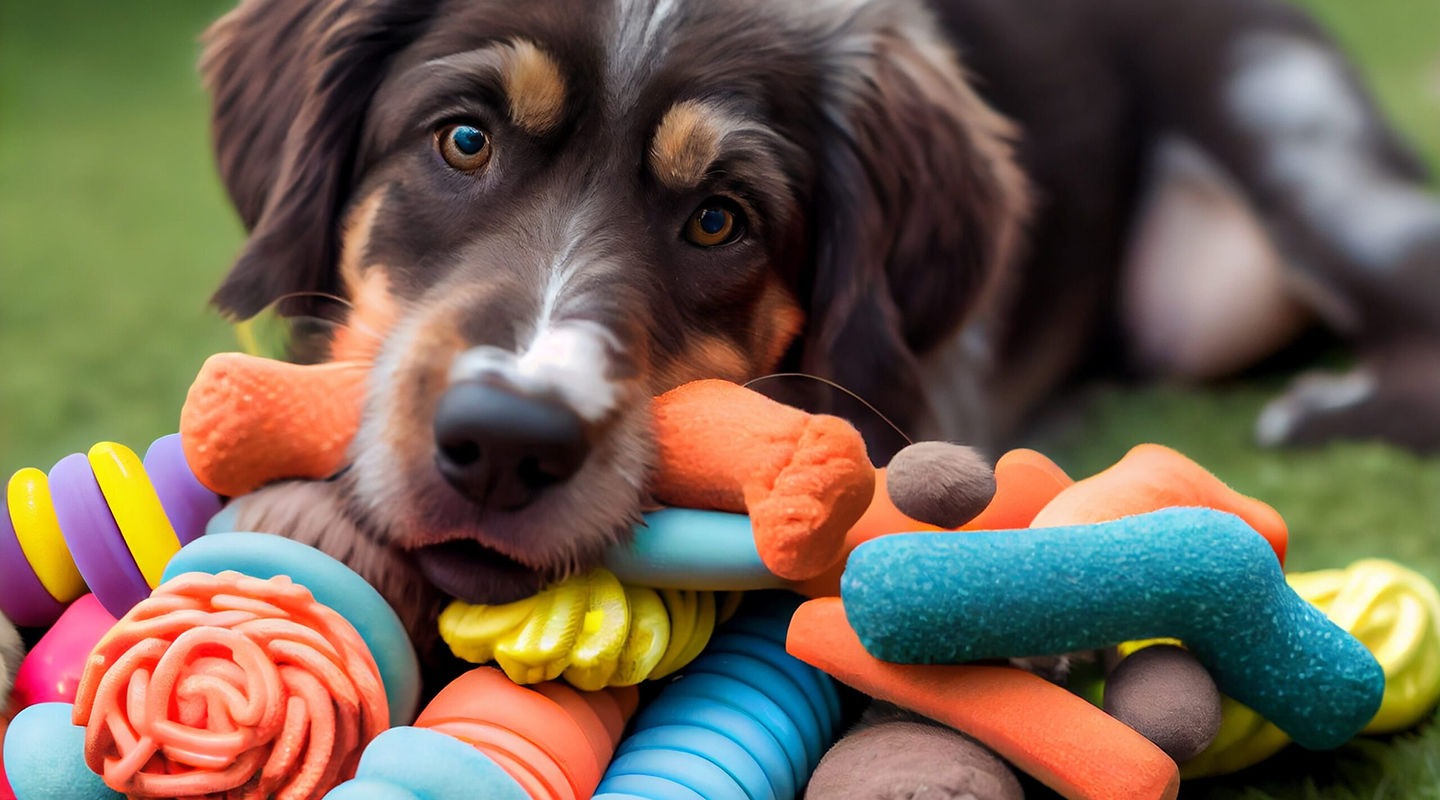
Bringing the Tropics Indoors: How to Create a Lush Rainforest Terrarium for Tree Frogs
Learn step-by-step how to build a vibrant, sustainable rainforest terrarium for tree frogs at home, including essential habitat setup, humidity control, lighting, plant selection, and expert frog care tips for thriving amphibians.
🐶 Pet Star
33 min read · 29, May 2025

Introduction: The Allure of Tree Frogs and Rainforest Terrariums
Tree frogs captivate with their vibrant colors, unique behaviors, and delicate charm. Native to humid, lush rainforests, these amphibians require carefully crafted environments mimicking their natural habitat to thrive in captivity. Creating a rainforest terrarium at home not only provides a safe haven for tree frogs but also offers a visually stunning and rewarding hobby for enthusiasts.
This article guides you through each essential step—from tank selection and environmental controls to flora choices and frog husbandry—ensuring your tree frogs flourish in a miniature tropical ecosystem.
1. Understanding Tree Frogs’ Natural Habitat
Why mimic a rainforest?
Tree frogs predominantly inhabit tropical rainforests characterized by high humidity (70–90%), moderate temperatures (72–80°F), dense foliage, and abundant water sources. These conditions facilitate their skin respiration, hydration, and breeding behaviors.
Research indicates that replicating these parameters in captivity reduces stress and promotes natural activity patterns. This understanding forms the foundation for designing an effective terrarium.
2. Selecting the Right Terrarium for Tree Frogs
Size and type considerations
For tree frogs, vertical space is as crucial as floor area, given their arboreal lifestyle. A terrarium with at least 12x12x18 inches (width x depth x height) is recommended for a pair of frogs.
Glass or acrylic enclosures with front-opening doors ensure easy access and optimal ventilation. Consider screen tops to maintain airflow while preserving humidity.
3. Creating a Suitable Substrate Layer
Choosing the right base for moisture and drainage
The substrate supports plants and helps regulate humidity. Popular choices include coconut fiber (coir), sphagnum moss, and organic soil mixes free of fertilizers or pesticides.
A drainage layer beneath the substrate—often composed of expanded clay pellets or gravel—prevents waterlogging and root rot. Incorporating a false bottom with a mesh barrier ensures substrate doesn’t mix with the drainage medium.
4. Establishing Proper Humidity and Temperature Controls
Essential for frog health and activity
Maintaining consistent humidity is vital. Automatic misting systems, foggers, or regular manual misting can keep humidity levels between 70% and 90%.
Temperature should remain stable between 72°F and 80°F, achieved via room climate control or supplemental heat mats if needed. Use hygrometers and thermometers placed strategically inside the tank to monitor conditions accurately.
5. Selecting and Arranging Live Plants
Plants that thrive in high humidity and provide frog enrichment
Choosing appropriate plants helps maintain humidity, oxygenate air, and offer shelter. Good choices include:
- Bromeliads: Provide natural water reservoirs (phytotelmata) for frogs
- Pothos (Epipremnum aureum): Hardy vines ideal for climbing
- Ficus pumila: Creeping fig for wall coverage
- Ferns (e.g., Maidenhair fern): Add texture and moisture retention
- Mosses (e.g., Sheet moss): Enhance ground cover and humidity
Arrange plants to create multiple vertical and horizontal layers, mimicking natural complexity and offering hiding spots.
6. Incorporating Branches, Vines, and Hiding Spots
Simulating arboreal environment features
Tree frogs rely on climbing structures and shaded refuges. Use clean, pesticide-free branches, cork bark, and natural vines to construct vertical pathways.
Include small caves or hollow logs as hiding places to reduce stress and simulate natural shelters.
7. Water Features and Hydration
Creating safe, clean water sources
Small, shallow water dishes are essential for hydration and soaking. Ensure dishes are easy to access but shallow enough to prevent drowning.
Adding a gentle drip system or small waterfall can increase humidity and provide soothing ambient sounds.
8. Lighting: Balancing Day-Night Cycles and UV Needs
Providing essential illumination for plants and frogs
While many tree frogs are nocturnal, maintaining a natural day-night cycle supports their circadian rhythms.
Use LED grow lights or fluorescent bulbs providing full-spectrum light for 10–12 hours daily. UVB lighting is beneficial for some species to synthesize vitamin D3, aiding calcium metabolism and preventing metabolic bone disease.
9. Choosing the Right Tree Frog Species
Popular species suitable for terrariums
Selecting a species appropriate for beginners or experienced keepers is important. Some commonly kept species include:
- Red-Eyed Tree Frog (Agalychnis callidryas): Known for vibrant colors and striking red eyes
- Green Tree Frog (Hyla cinerea): Hardy and adaptable
- Amazon Milk Frog (Trachycephalus resinifictrix): Larger and unique in appearance
- White’s Tree Frog (Litoria caerulea): Docile and easy to care for
Research species-specific requirements, as humidity, temperature, and space needs vary.
10. Feeding Your Tree Frogs: Diet and Nutrition
Meeting dietary needs for health and longevity
Tree frogs are insectivores, primarily eating live prey such as crickets, fruit flies, and small worms. Feeding frequency depends on age and species but typically ranges from daily to every few days.
Dust prey with calcium and vitamin supplements to ensure nutritional balance. Offer water sources for prey to prevent dehydration.
11. Monitoring Health and Behavior
Recognizing signs of stress or illness
Regular observation is critical. Healthy tree frogs are alert, active, and exhibit bright coloration. Signs of illness include lethargy, discoloration, loss of appetite, or abnormal skin texture.
Prompt veterinary consultation is advised for persistent issues. Maintaining a clean environment reduces disease risk.
12. Cleaning and Maintenance of the Terrarium
Routine care to sustain a healthy environment
Remove uneaten food, waste, and dead plant material daily or as needed. Perform partial substrate changes and water replacement every few weeks.
Sterilize water dishes and clean glass panels regularly. Avoid harsh chemicals; use reptile-safe disinfectants.
13. Breeding Tree Frogs in a Terrarium
Creating conditions for successful reproduction
Breeding tree frogs in captivity can be a rewarding but challenging endeavor that requires replicating their natural breeding environment as closely as possible. Most tree frog species breed during rainy seasons, triggered by increased humidity and temperature changes. To encourage breeding:
- Simulate seasonal changes: Gradually increase humidity levels using misting systems and foggers to mimic tropical rains. A temperature bump of a few degrees can signal seasonal transition.
- Provide adequate water bodies: Many tree frogs lay eggs on leaves above water or directly in water. Ensure clean, shallow water features or phytotelmata (water pockets in bromeliads) are present.
- Mimic natural calling sounds: Male tree frogs call to attract females. Playing recordings of species-specific calls can stimulate breeding behavior.
- Maintain privacy and reduce stress: Breeding pairs should have ample hiding spots and minimal disturbance to encourage natural courtship.
Once eggs are laid, they typically hatch into tadpoles. Tadpoles require separate aquatic environments with clean, aerated water free from predators and contaminants. Regular water changes and specialized diets are essential for tadpole development.
Breeding tree frogs not only supports species conservation but also offers unique insights into amphibian life cycles and behavior. However, prospective breeders should thoroughly research the reproductive biology of their chosen species and prepare for the increased care demands.
14. Troubleshooting Common Issues
Overcoming challenges for a thriving terrarium
Even with careful planning, new and experienced keepers alike encounter issues. Here’s how to troubleshoot common problems:
- Low humidity levels: This is one of the most frequent issues causing frog dehydration and stress. Solutions include increasing misting frequency, adding a fogger, using a substrate with higher moisture retention like sphagnum moss, or covering part of the terrarium’s ventilation to retain humidity without sacrificing airflow.
- Mold and fungus growth: High humidity combined with poor airflow can lead to mold on plants and substrate. Improving ventilation using additional screen panels or small fans, removing decayed plant matter, and ensuring proper drainage can help. Use reptile-safe antifungal treatments if mold persists.
- Plant die-off: Plants may struggle due to insufficient light, improper watering, or unsuitable substrate. Switch to more shade-tolerant species, adjust lighting duration and intensity, or check soil moisture levels. Rotating plants for better access to light and periodically fertilizing (using amphibian-safe fertilizers) also supports growth.
- Inactive or lethargic frogs: Frogs might become inactive due to incorrect temperature or humidity, inadequate diet, or illness. Ensure temperature is stable within species-specific ranges, maintain consistent humidity, and provide a varied, nutritious diet supplemented with vitamins. If lethargy persists, consult an amphibian veterinarian.
15. Enhancing Your Rainforest Terrarium: Advanced Tips
Taking your terrarium to the next level
Once your basic terrarium setup is stable, consider these advanced options to enrich the environment and enhance frog wellbeing:
- Bioactive substrates: These living substrates contain beneficial bacteria, fungi, and invertebrates that help break down waste, reduce odors, and maintain nutrient cycles. Incorporating springtails and isopods acts as a cleanup crew, reducing manual maintenance and creating a mini-ecosystem.
- Automated environmental controls: Invest in programmable controllers that regulate humidity, temperature, misting, and lighting cycles. Automation ensures consistent habitat conditions and reduces manual labor, especially useful for busy keepers.
- Aquatic plant integration: Introducing hardy aquatic plants like Anubias or Java fern into water features adds oxygenation, hides tadpoles, and enhances visual appeal. Floating plants can also provide natural filtration.
- Leaf litter layers: Adding a layer of clean, pesticide-free leaf litter fosters beneficial microfauna and mimics the forest floor, enriching biodiversity and improving substrate health.
- Enrichment items: Include novel climbing structures, varied textures, and even safe, natural scents to stimulate frogs’ senses and encourage natural behaviors.
Conclusion
Creating a rainforest terrarium for tree frogs at home is both a fascinating and fulfilling venture that bridges the gap between nature and indoor living. By carefully mimicking the frogs’ natural environment—focusing on humidity, temperature, lighting, substrate, and vegetation—you provide these delicate amphibians with the ideal conditions to thrive and exhibit their vibrant behaviors. This process not only benefits the health and longevity of your tree frogs but also offers a unique window into the complexities of tropical ecosystems.
Successful terrarium building requires patience, attention to detail, and continuous learning. From selecting the appropriate enclosure and establishing a stable microclimate to choosing live plants and integrating climbing structures, every element contributes to creating a balanced and sustainable habitat. Incorporating advanced features like bioactive substrates and automated environmental controls can elevate your setup, making maintenance easier and enhancing your frogs’ quality of life.
Moreover, understanding tree frog species-specific needs, diet, and behavior plays a crucial role in their wellbeing. Responsible care includes regular health monitoring and timely troubleshooting to prevent common issues like low humidity or mold growth.
Whether you are a beginner or an experienced amphibian enthusiast, building a rainforest terrarium offers a rewarding blend of science, art, and care. It deepens your connection with nature while providing a stunning living display that brings the rainforest’s magic into your home. With dedication and the right knowledge, your tree frogs will flourish, transforming your terrarium into a thriving, vibrant mini-ecosystem.
Q&A Section
Q1: What size terrarium is ideal for keeping tree frogs?
A: A minimum size of 12x12x18 inches is recommended for a pair of tree frogs, emphasizing vertical space to accommodate their arboreal habits.
Q2: How important is humidity in a rainforest terrarium?
A: Extremely important—humidity levels should be maintained between 70% and 90% to replicate the frogs’ natural rainforest environment and support their skin health.
Q3: Can I use artificial plants instead of live plants in my terrarium?
A: While artificial plants require less maintenance, live plants help maintain humidity, improve air quality, and provide natural hiding spots, making them preferable for a healthy habitat.
Q4: How often should I feed my tree frogs?
A: Feeding frequency varies by species and age but typically ranges from every day to every few days, focusing on live insects supplemented with vitamins and calcium.
Q5: What is a bioactive substrate, and why is it beneficial?
A: Bioactive substrates contain beneficial microbes and microfauna that break down waste, reduce odors, and help create a self-sustaining ecosystem within the terrarium.
Q6: How do I prevent mold growth in a high-humidity terrarium?
A: Ensure proper ventilation, remove decaying plant matter promptly, avoid overwatering, and consider using reptile-safe antifungal treatments if mold appears.
Q7: Is UVB lighting necessary for all tree frog species?
A: Not all species require UVB, but it can help some synthesize vitamin D3, which supports calcium metabolism and prevents metabolic bone disease.
Q8: How can I encourage my tree frogs to breed in captivity?
A: Simulate seasonal rain cycles by increasing humidity and temperature, provide suitable water bodies for egg-laying, and minimize disturbances during the breeding period.
Q9: What should I do if my frog appears lethargic or unhealthy?
A: Check environmental parameters like temperature and humidity, review diet quality, and consult an amphibian veterinarian for a professional diagnosis.
Q10: How often should I clean the terrarium?
A: Routine cleaning includes daily removal of waste and uneaten food, with partial substrate changes and water refreshes every few weeks to maintain a healthy environment.
Similar Articles
Find more relatable content in similar Articles

How Pets Strengthen Family Bonds...
Pets are more than just compan.. Read More

How Climate Change Affects Wild and Domestic Animals...
Climate change is dramatically.. Read More

Sustainable Pet Products: What to Look for in 2025...
As sustainability becomes a ce.. Read More

Vegan Pet Toys and Accessories That Last Longer...
As pet owners grow more eco-co.. Read More
Explore Other Categories
© 2024 Copyrights by rPets. All Rights Reserved.